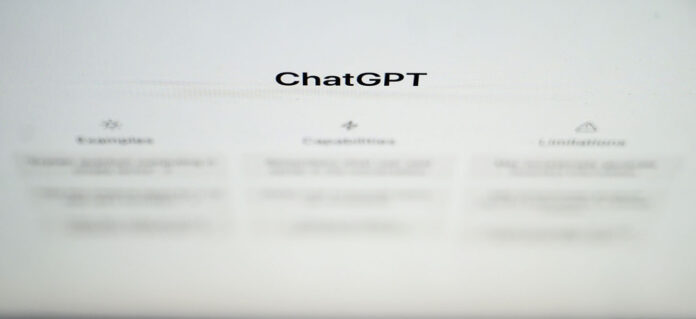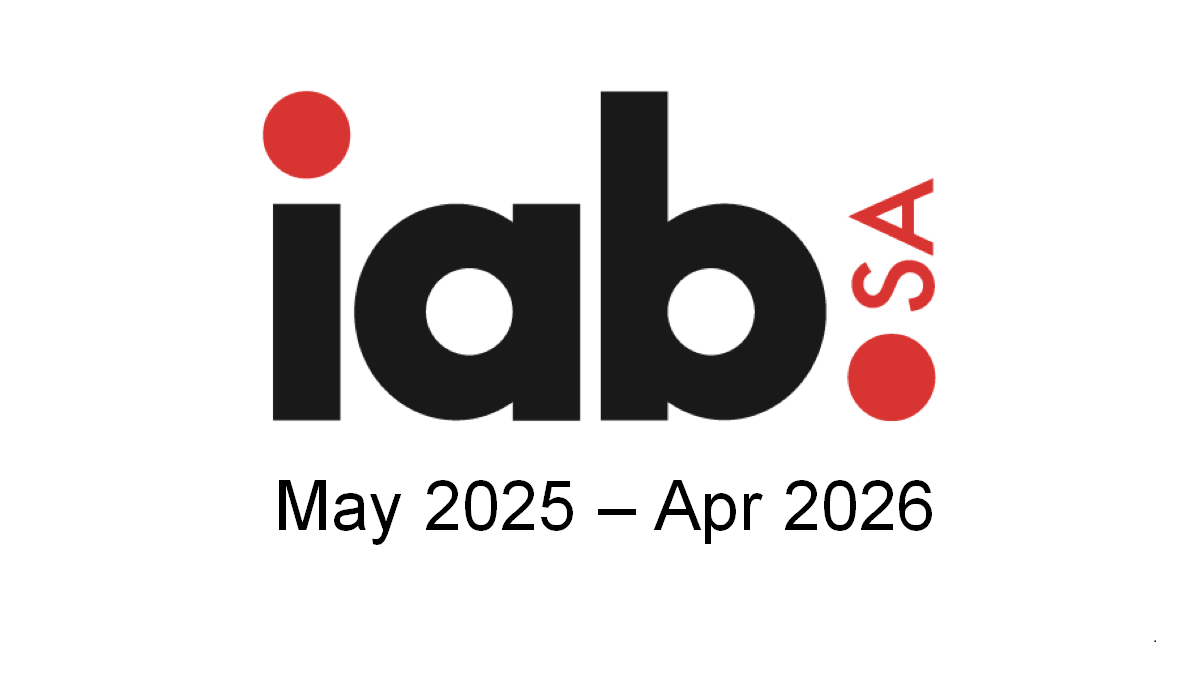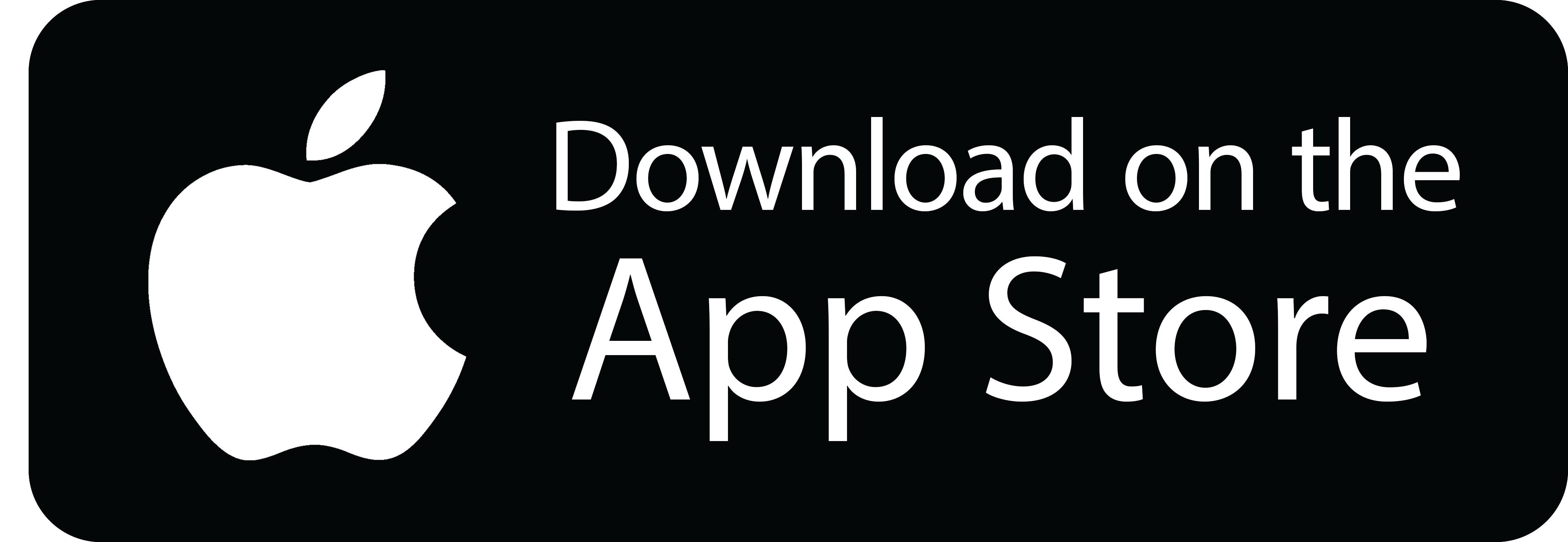Artificial intelligence (AI) is not knocking on the door of education but has walked in, taken a seat, and is already shaping the learning of the future.
What is AI and how is it changing our civilisation?
In the past three years, AI program ChatGPT has become not just a household name but a classhold one too. Yet, in the last 10 months, it has been joined by other AI tools, DeepSeek, Google Gemini and Microsoft CoPilot, to name but a few. What these programs accomplish is the crux of the controversy.
These programs, along with about 20 others, collate information and present it in a user-friendly format. And this is AI’s foundational threat to education as we know it. If everybody has all the information they need, is education as an acquisition of knowledge still relevant?
According to experts from the University of Free State, the value of universities is not only intact but is more crucial than ever.
But Herkulaas Combrink, senior lecturer and co-director of the Interdisciplinary Centre for Digital Futures (ICDF), also acknowledged concern that qualifications might lose their value if AI tools can match or exceed human performance.
He said AI tools provide both basic and advanced information with remarkable speed, but cannot replace the deeper role universities play in society.
“Also, remember that universities serve as hubs for original research. It was academic laboratories that propelled AI from theory to reality. Universities, therefore, provide structured environments where academics gain hands‑on experience for genuine societal benefit, “he said
According to Combrink, the fast-emerging AI tools are forcing universities to rethink their purpose.
He explained that many are already shifting their focus by integrating digital fluency, data ethics and interdisciplinary skills into their curricula. Teaching formats are also changing, with a rise in hybrid learning, short skills-based courses, and real-world projects developed in partnership with employers and government bodies.
“Over the next decade, universities will need to strike a careful balance between equipping graduates with practical skills, cultivating rigorous critical thinking, and preserving the uniquely human connections that cannot (and should not) be replicated by AI. Equally important is the renewal of the campus as a space for knowledge sharing and mentorship,” said Combrink.
Professor Katinda de Wet, ICDF co-director, told Sunday World that AI presents enormous promise and serious risk for universities as any disruptive technology. This calls for institutions to adapt to avoid the risk of being obsolete.
At the basic education level, a form of AI is already in the classroom.
According to Edtech World Forum 2025, Humanoid Asimo is teaching science, technology, engineering and mathematics in Japan and China. Humanoid is just another term for a robot. However, when this human-like robotics creation is integrated with AI, it becomes
superhuman.
EdTech continues to lay out what the classroom already looks like in Saudi Arabia, where Robovie has taken residence. The multilingual humanoid has taken over the teaching of languages, and its ability to speak many languages means it is doing the job of more than one teacher.
QTrobot in India is constantly talking to students with developmental disorders, helping them improve their social skills and emotional intelligence.
What EdTech found in rural China should give every prospective teacher reason to pause. This Far Eastern AI giant is taking the robot called Tega to rural classrooms where warm-bodied teachers do not want to go.
But here in SA, the Department of Basic Education is not perturbed. Spokesperson Elijah Mhlanga says AI is not a threat to jobs.
“Human interaction will remain key for a long time. Our circumstances don’t allow for automated learning… AI will not replace human-to-human teaching,” he said.
Asked if a warm-body teacher could one day become redundant, his answer was an emphatic “never”– music to the ears and livelihoods of the more than 420 000 men and women who stand in front of children in the classroom every day.



